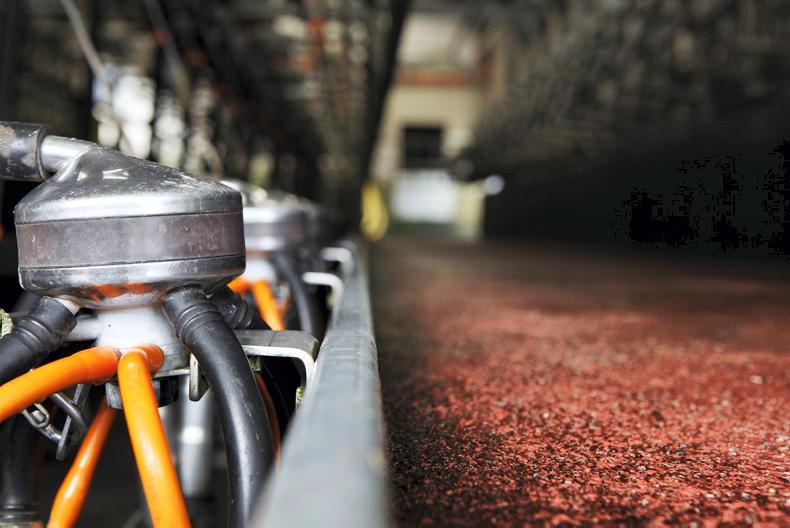Dairy farmers face a cut of at least €7m to their milk cheques this season, with up to 3c/l knocked off milk prices this week alone.
In a warning shot fired ahead of peak milk production, three processors announced cuts of between 1c/l and 3c/l this week.
The Glanbia base price was cut by 3c/l on Monday, Kerry dropped 2c/l and Lakeland followed with a 1c/l cut for February, after cutting by 1c in January also.
Glanbia farmers will receive a 1c/l top-up to reflect “particularly challenging weather conditions”, so their February milk price will be 2c/l down on January.
A 2c/l cut wipes €400 off a farmer’s typical February milk cheque. The cut, coinciding with a delay in turnout to grass, poor growth and late fertiliser application, makes 2018 a difficult and costly spring.
If this price cut were to remain for the first six months of the year, it would wipe €6,000 off milk income for the average-sized dairy farmer.
The last time milk prices fell so dramatically was in 2015, when base prices fell by 7c/l over a six-month period.
The boards of Dairygold and Carbery were due to meet on Wednesday and Thursday, and Arrabawn on Friday.
The 400,000t of skimmed milk powder sitting in EU intervention is having a significant effect on the market, according to Ornua managing director Joe Collins.
Read more
Where are milk prices heading?
Weather woes and grass growth slows
Dairy management: dealing with the weather, picking bulls and coccidiosis
Dairy farmers face a cut of at least €7m to their milk cheques this season, with up to 3c/l knocked off milk prices this week alone.
In a warning shot fired ahead of peak milk production, three processors announced cuts of between 1c/l and 3c/l this week.
The Glanbia base price was cut by 3c/l on Monday, Kerry dropped 2c/l and Lakeland followed with a 1c/l cut for February, after cutting by 1c in January also.
Glanbia farmers will receive a 1c/l top-up to reflect “particularly challenging weather conditions”, so their February milk price will be 2c/l down on January.
A 2c/l cut wipes €400 off a farmer’s typical February milk cheque. The cut, coinciding with a delay in turnout to grass, poor growth and late fertiliser application, makes 2018 a difficult and costly spring.
If this price cut were to remain for the first six months of the year, it would wipe €6,000 off milk income for the average-sized dairy farmer.
The last time milk prices fell so dramatically was in 2015, when base prices fell by 7c/l over a six-month period.
The boards of Dairygold and Carbery were due to meet on Wednesday and Thursday, and Arrabawn on Friday.
The 400,000t of skimmed milk powder sitting in EU intervention is having a significant effect on the market, according to Ornua managing director Joe Collins.
Read more
Where are milk prices heading?
Weather woes and grass growth slows
Dairy management: dealing with the weather, picking bulls and coccidiosis






 This is a subscriber-only article
This is a subscriber-only article









SHARING OPTIONS: